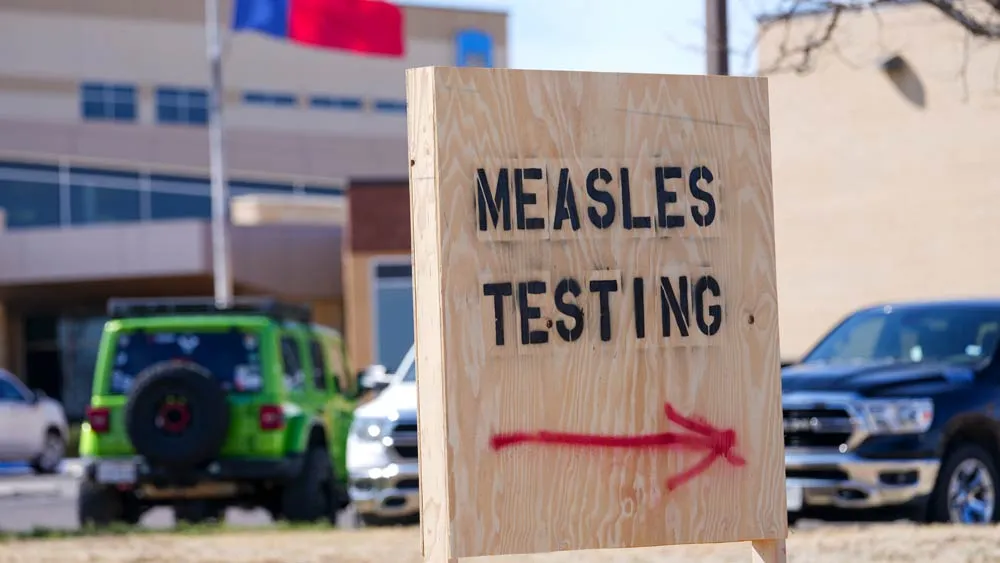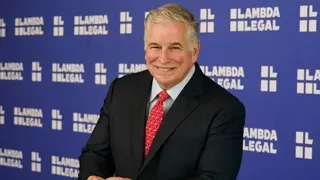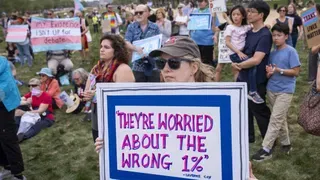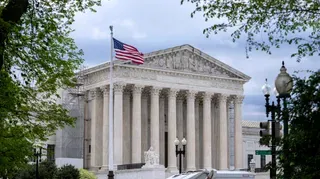September 3, 2012
New Bay Bridge Span Raises Suicide Concerns
Chris Sosa READ TIME: 5 MIN.
With the new Bay Bridge eastern span set to open on Labor Day in 2013, concerns are growing that it may attract people contemplating suicide.
The single-tower suspension bridge will connect Oakland to Yerba Buena Island, and for the first time, offer pedestrian and bicycle access from the East Bay to both the island off San Francisco and the adjoining man-made Treasure Island.
But similar to the Golden Gate Bridge, which has become a magnet for suicide jumpers since it opened 75 years ago, the design for the new Bay Bridge does not include a suicide barrier.
Bart Ney, CalTrans spokesman for the Bay Bridge project, told the Bay Area Reporter this week that including a suicide barrier with the new span never came up during any of the public hearings and workshops held to discuss the design of the bridge.
"Currently, there are no plans to design or build a suicide barrier for the new span," said Ney, adding that, "the department would be open to hearing those concerns."
Yet in an interview this summer, Eve R. Meyer, executive director of the nonprofit San Francisco Suicide Prevention, said her agency did advocate for a suicide barrier on the new Bay Bridge.
"We did meet with the same walls," Meyer said, that advocates had to contend with during the debate over adding a suicide barrier to the Golden Gate Bridge.
After years of pressure from some lawmakers and activists, the Golden Gate Bridge Highway and Transportation District agreed to add a suicide barrier to the iconic structure. District officials are now trying to secure the $45 million the barrier is estimated to cost and do not expect to install it for several more years.
The lack of a similar barrier on the new Bay Bridge has some suicide prevention officials and at least one state lawmaker concerned that it may only be a matter of time before the roadway sees its first suicide attempt after it opens to the public next year. The first documented suicide at the Golden Gate Bridge occurred less than three months after it opened.
Openly gay Assemblyman Tom Ammiano (D-San Francisco), who was recently named to the Assembly Transportation Committee, criticized the lack of suicide prevention measures at the Bay Bridge in a statement emailed to the B.A.R. this week.
"The whole point of the new span is to save lives in a major quake, which we know is inevitable. I'm baffled and disappointed that they didn't do more to prevent other tragic, but predictable deaths - those of the people who will find the bridge an attractive and convenient suicide opportunity," stated Ammiano. "Shoulder-high fences on the pedestrian walkway are not enough."
The problem of bridges being built without suicide preventative measures gained renewed attention after Tony Scott, the director of Top Gun and other films, jumped to his death off the Vincent Thomas Bridge in Los Angeles on August 19.
Around the same time noted bisexual activist and erotica writer Bill Brent took his own life by jumping off the Golden Gate Bridge. [See news obit.]
In a statement released last week, Ammiano called for transportation officials to address the lack of suicide barriers on bridges throughout the state.
"We need to work to put suicide barriers on these bridges. Barriers save lives," stated Ammiano. "It's a sensible way to prevent future heartbreak."
As a former director for the Golden Gate Bridge district, Ammiano has worked for a decade to see that a suicide preventative barrier be erected at the iconic span.
"The Golden Gate Bridge is a leader in suicide prevention efforts, but there are many other bridges that should have barriers," Ammiano stated in his press release. "As a new member of the Assembly Transportation Committee, I will start working right away to move California in the direction of bridge safety."
A few weeks prior to the latest bridge suicides garnering headlines, three members of Ammiano's staff toured the new Bay Bridge span and asked about the issue of a suicide barrier. Ammiano's spokesman Carlos Alcala, one of the people on the tour, told the B.A.R. that they found the absence of a barrier there "perplexing."
Ammiano was "dismayed," said Alcala, to learn of the omission.
There is growing acknowledgement that such measures can prevent suicides.
"We know there is cost and many things to consider in designing a bridge, but wherever possible, we would hope that bridges can have barriers," said Robert Gebbia, executive director of the American Foundation for Suicide Prevention. "There is enough evidence now to show they can be a deterrent to suicide."
A 2007 study that the foundation funded found that suicides did not increase at other nearby sites after a barrier was installed to a bridge in England that attracted suicide attempts.
"What we have learned is it does seem to be a deterrent and people just don't go to the next bridge nearby," said Gebbia. "That was one of the fears if you put it on one bridge then people would go to another."
New bridge may be less of a draw
Because the Bay Bridge does not have the same international stature as its more famous neighbor, it could turn out that the East Bay's span will not become a magnet for suicide attempts.
"I am not as fearful because it does not have the same kind of lore, I would say, as the Golden Gate Bridge developed over the years," said Meyer.
And unlike the San Francisco to Marin span, which has parking lots on either side, the new Bay Bridge will not be quite as accessible. Pedestrians and bicyclists will have to park some distance away to connect with trails leading to the new span.
"It will be harder to get to and is not a destination. Hopefully, it will remain that way," said Meyer.
Project planners, though, have already begun to tout the new span and the Gateway Park set to be built on the Oakland side as global draws.
"The new Bay Bridge east span will offer one of the most spectacular bicycle and pedestrian experiences in the world, connecting Oakland to Yerba Buena Island while it opens surprising regional vistas and a new understanding of the bay itself. Gateway Park will be a starting point for that journey," touts a website for the new park.
The suicide prevention foundation's Gebbia said that, "it is hard to know, in fairness," how big of a draw the new span may be to people thinking about suicide.
"It may not turn out to be a hotspot for such behavior," he said. "But you don't want to wait until all of a sudden it happens when there is an opportunity to make it safe."
Just as it remains to be seen if suicidal people will jump off the Bay Bridge, it is unclear if the fall would be fatal.
Ney said the drop from the span to the water, at a range of 120 to 150 feet, is shorter than that off the Golden Gate. The deck there is 245 feet above the water.
"You would survive if you jumped off the eastern span," said Ney, though when asked to clarify his statement he said that bridge officials are not "confident" that people would survive.
Rather, Ney said, "It is probable that you would" survive a jump off the Bay Bridge east span.







